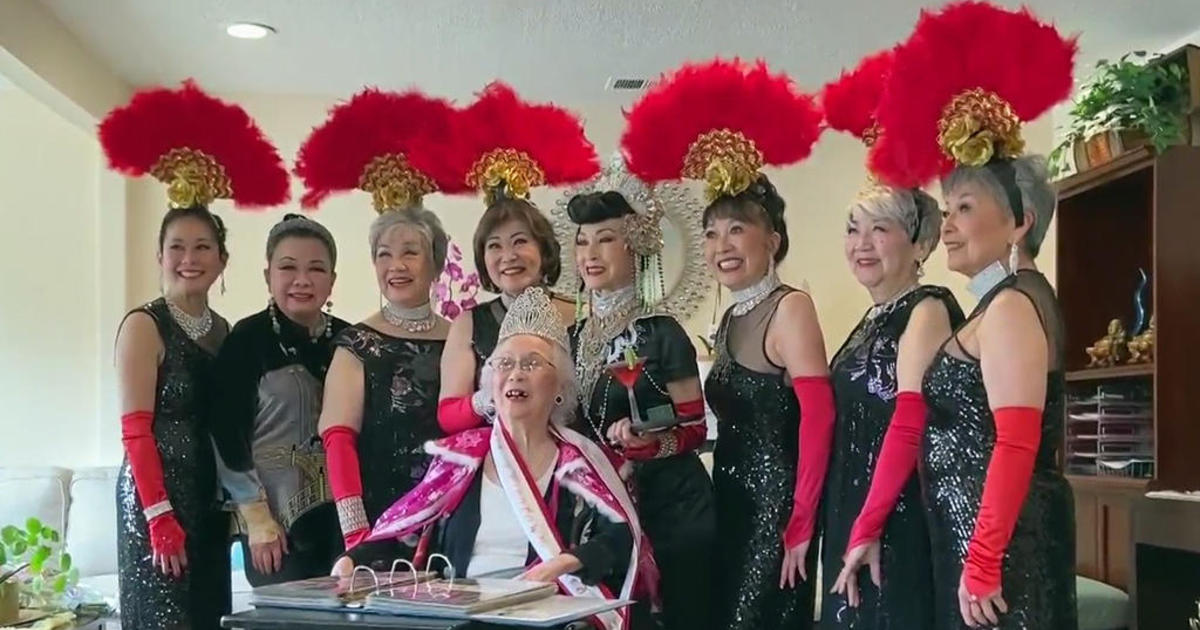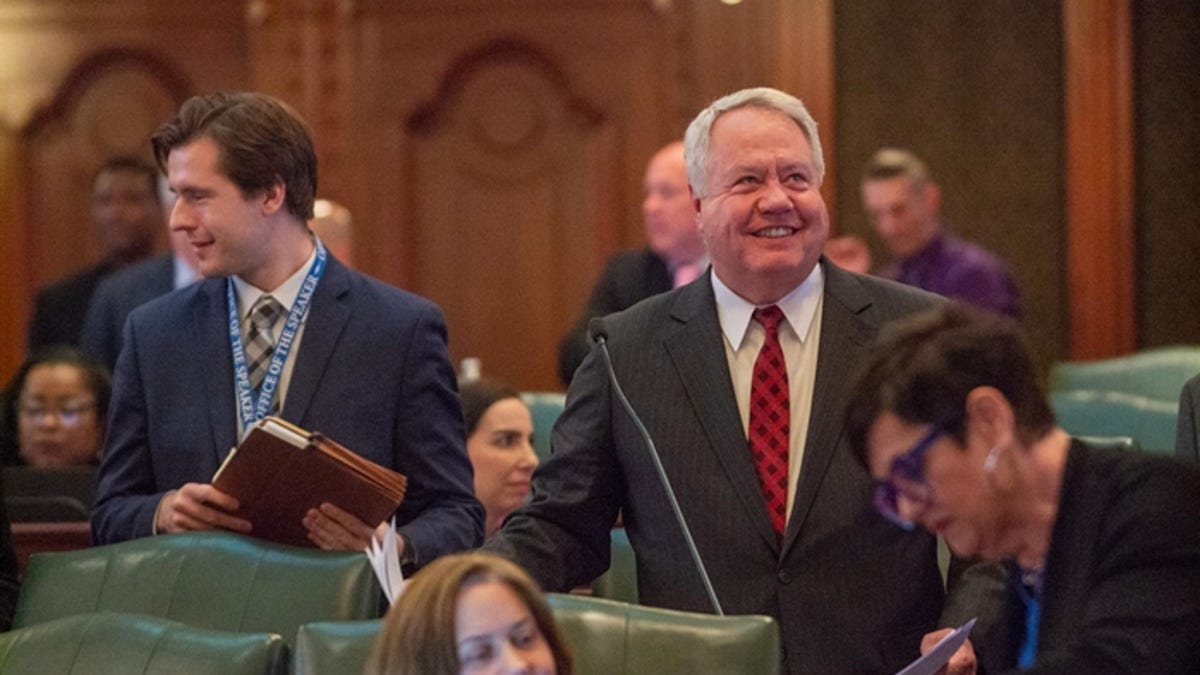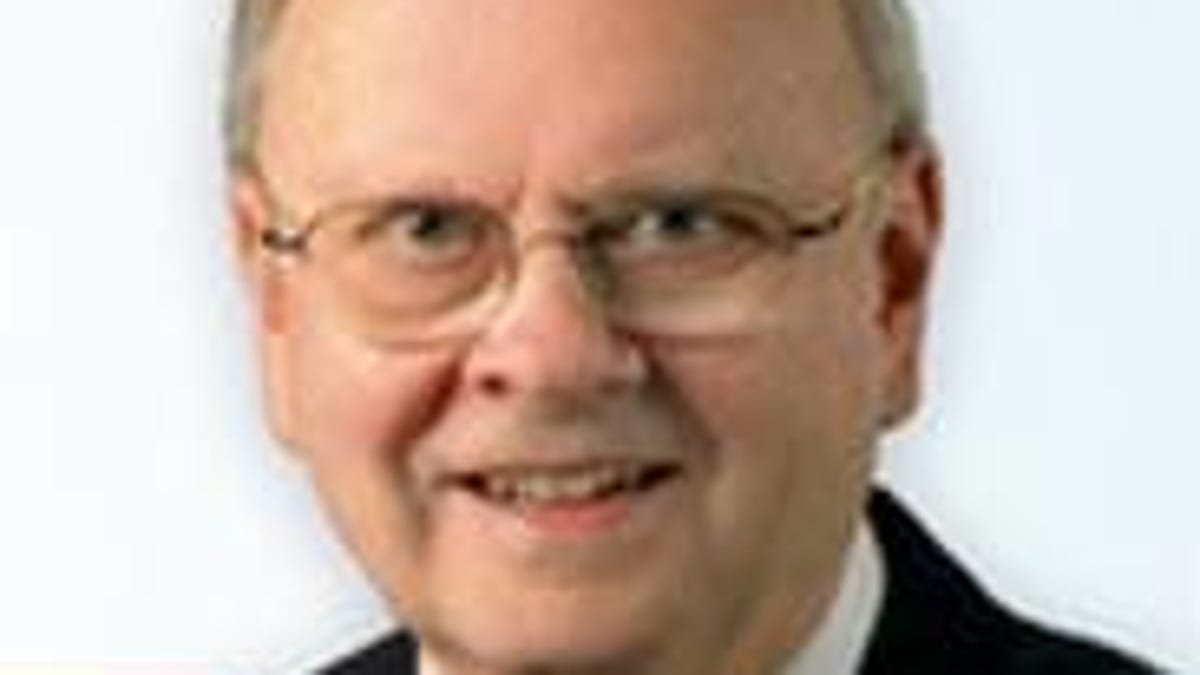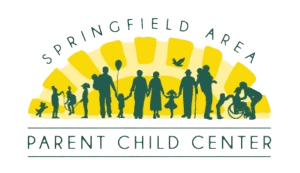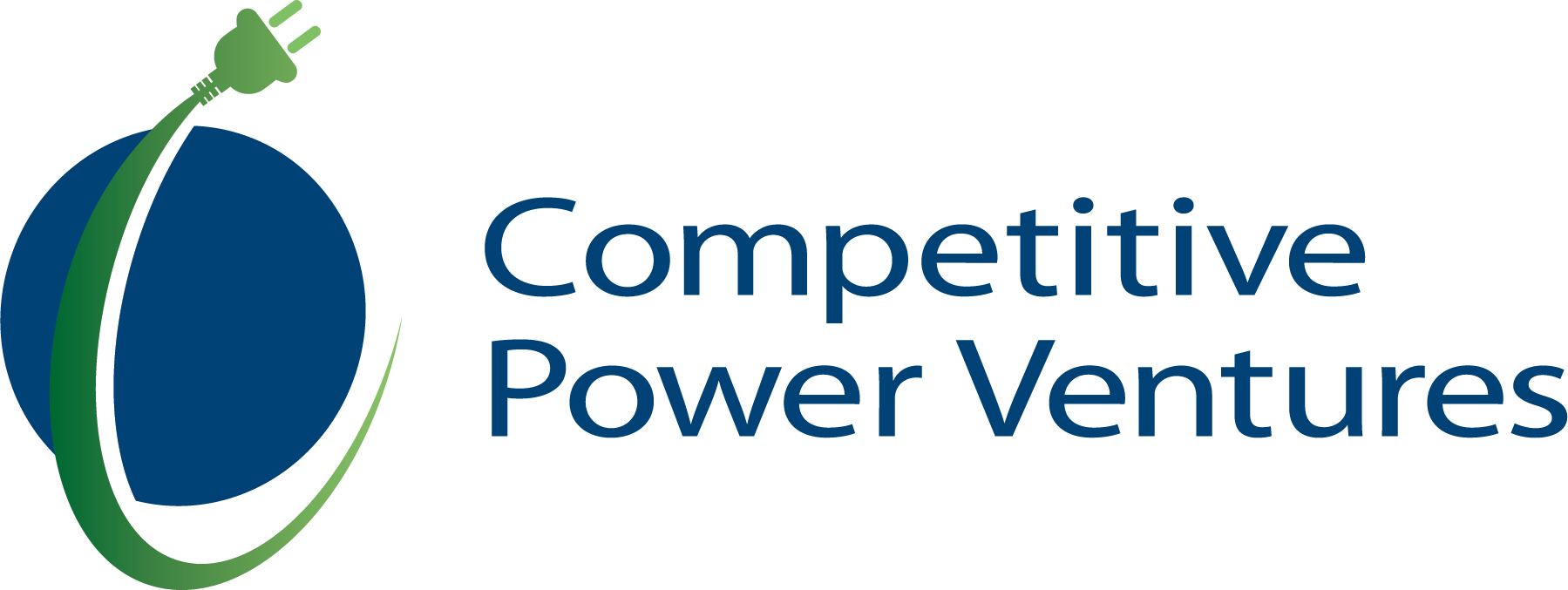San Francisco, CA
SF’s storied queer bar, the Stud, ‘rises from the ashes’ in SoMa

Stud collective members pose in front of the queer bar’s new home at 1123 Folsom St. in San Francisco on Tuesday, Sept. 5, 2023.
Amanda Bartlett/SFGATEThe rhinestones on the decades-old sign glinted in the Tuesday morning sunlight at the corner of Folsom and Langton streets in SoMa, surrounded by a bustling crowd of city politicians, drag performers and TV reporters.
Its message, “Welcome Home Stud,” harkened back to when it once welcomed patrons into San Francisco’s oldest cooperatively owned queer bar. But it also celebrated the famed nightlife venue’s future, as members of the Stud collective announced the Stud’s long-awaited reopening, which is slated for early 2024 at 1123 Folsom St.
“As many of you know, we have been waiting for years to bring the Stud back,” Honey Mahogany, a member of the Stud collective and chair of the San Francisco Democratic Party, said during the press conference Tuesday, calling it “one of San Francisco’s most iconic venues.”
Advertisement
Article continues below this ad
FILE: Signage for the Stud in its original location on 9th Street.
Lea Suzuki/The San Francisco Chronicle via Getty ImagesIn May 2020, the 57-year-old bar and legacy business shuttered its previous physical space three blocks away on 9th Street, where it had been operating since 1987. At the time, members of the Stud collective — which bought the bar and revived it as a co-op in 2017, saving it after a massive rent hike — said the difficult decision, brought on by a lack of revenue during the pandemic, helped them avoid accruing debt that would have made it impossible for them to eventually reopen at a new location.
In the meantime, the bar lived on through virtual drag shows and its “Stud Stories” history podcast. Collective members fundraised for the bar’s hopeful future by selling T-shirts and other merchandise as they scouted vacant warehouses, car repair shops, coffee roasteries and other available locations for the Stud’s third home in the neighborhood. (The Stud first opened as a country western-themed gay bar at 1535 Folsom St. in 1966, where it carved out a place for gender-nonconforming individuals and drag queens, at a time when many of them were not welcomed in gay bars, as SFGATE previously reported.)
Stud collective member and SF Democratic Party chair Honey Mahogany speaks during a press conference in front of the Stud’s new location at 1123 Folsom St. on Tuesday, Sept. 5, 2023.
Amanda Bartlett/SFGATEAdvertisement
Article continues below this ad
“We looked long and hard to find a place that was worthy of the Stud’s legacy,” Mahogany said. “We all have heard the stories of the doom loop; the South of Market and mid-Market area has been really, really negatively impacted by the pandemic … But now this is an opportunity to rebuild and build back better. We are the city where our emblem is the phoenix which rises from the ashes, and just as the Stud closed almost four years ago, now, we are about to reopen and start on a new journey.”
Last month, Stud collective members signed the lease on 1123 Folsom St., which previously housed Julie’s Supper Club, sports bar Trademark and the pop-up “Golden Girls” Kitchen. The new location has a capacity of just under 300 and is twice the size of the Stud’s former space, with room for a future stage, a patio and twice as many bathrooms, said Stud collective president and bar manager Rachel Ryan. They envision the space will be adorned by “a treasure trove” of historical ephemera from the Stud’s past lives, including hundreds of old photographs, a pin archive, a contract for legendary R&B singer Etta James, which had been written on a napkin when she performed there in the ’70s, and the aforementioned rhinestone sign, which was “hiding under a dusty sheet in the back of the basement,” Ryan said.
A sign for the Jack N Juice Immersive Bar, which will operate at 1123 Folsom St. until the Stud begins to transform the space in late fall 2023.
Amanda Bartlett/SFGATEAdvertisement
Article continues below this ad
It’s too soon to say what the Stud’s programming will look like, but Mahogany said the collective plans to preserve preserve its legacy of hosting DJ nights and showcasing alternative drag in a similar vein to T-Shack, a club spearheaded by the late drag legend Heklina in the ’90s. Known in later iterations as Mother, the raucous, DIY punk spectacle of a drag show was held every Tuesday at the Stud for several years and changed the art form forever.
“We want a lot of new drag queens to come,” Mahogany said, “and try new things and be weird and strange and San Franciscan.”
But a long road lies ahead as collective members jump through permitting and licensing hoops and prepare for the construction of all-new dressing rooms, a dance floor and DJ booths, as well as install a sound system. To help offset costs, they recently launched a crowdfunding campaign with a goal of $500,000, more than $30,000 of which had been raised as of Tuesday.
“It takes a lot to re/open a bar these days—and we want to remain among the most accessible (and cheapest), serving a community that can’t afford other places or doesn’t feel welcome, and is holding on by a thread,” wrote Marke Bieschke, publisher of 48 Hills and a member of the Stud collective.
Advertisement
Article continues below this ad
San Francisco Mayor London Breed speaks during a press conference in front of the Stud’s new location at 1123 Folsom St. on Tuesday, Sept. 5, 2023.
Amanda Bartlett/SFGATEThe collective certainly seems to have the city’s support: San Francisco Mayor London Breed, district supervisors Matt Dorsey, Rafael Mandelman, Connie Chan and Ahsha Safaí, and state senator Scott Wiener were all in attendance at Tuesday’s press conference. Several of them aided in the efforts to change the zoning for the building, which was no longer eligible for new nighttime use, Mahogany said.
“We’re here to signify how important this is,” Breed said during the conference. “The collective here came together and said this institution, the Stud, is needed. It’s needed now more than ever in light of the pandemic, where we could not come together, especially in places like the Stud, where it wasn’t just about partying. It was a place that was about being together with friends, with families.”
San Francisco drag laureate and Oasis owner D’Arcy Drollinger, who cut her teeth doing drag at the Stud, said its closure “felt like we were losing part of San Francisco.”
Advertisement
Article continues below this ad
A decades-old sign from the Stud will soon be displayed at its new location on 1123 Folsom St., which is slated to open in early 2024.
Amanda Bartlett/SFGATE“Now we have the opportunity to help rebuild it,” Drollinger said. “Today is that day where we get to stand together and look at the beautiful little new sprout that is coming up in this time that has been so dark … Here’s to keeping San Francisco fabulous, and keeping San Francisco queer.”

San Francisco, CA
With a vest and a voice, helpers escort kids through San Francisco’s broken Tenderloin streets
SAN FRANCISCO (AP) — Wearing a bright safety vest with the words “Safe Passage” on the back, Tatiana Alabsi strides through San Francisco’s Tenderloin neighborhood to its only public elementary school, navigating broken bottles and stained sleeping bags along tired streets that occasionally reek of urine.
Along the way in one of America’s most notorious neighborhoods, she calls out to politely alert people huddled on sidewalks, some holding strips of tin foil topped with illicit drugs.
“Good afternoon, happy Monday!” Alabsi says to two men, one slumped forward in a wheelchair and wearing soft hospital socks and one slipper. Her voice is cheerful, a soothing contrast to the misery on display in the 50-block neighborhood that’s well-known for its crime, squalor and reckless abandon. “School time. Kids will be coming soon.”
Further along, Alabsi passes a man dancing in the middle of the street with his arms in the air as a squealing firetruck races by. She stops to gently touch the shoulder of a man curled up in the fetal position on the sidewalk, his head inches from the tires of a parked car.
“Are you OK?” she asks, before suggesting he move to a spot out of the sun. “Kids will be coming soon.”
Minutes later, Alabsi arrives at the Tenderloin Community Elementary School, where she is among several adults who escort dozens of children to after-school programs. The students hitch up backpacks emblazoned with Spider Man and the sisters of “Frozen,” then form two rambunctious lines that follow Alabsi like ducklings through broken streets.
The smallest ones hold hands with trusted volunteers.
Long known for its brazen open-air drug markets, chronic addiction, mental illness and homelessness, the Tenderloin neighborhood is also home to the highest concentration of kids in San Francisco, an estimated 3,000 children largely from immigrant families.
The neighborhood is rich with social services and low-income housing but the San Francisco Police Department also has seized nearly 200 kilograms (440 pounds) of narcotics in the area since last May. Of a record 806 overdose fatalities last year, about 20% were in the Tenderloin.
But amid the chaos is a vibrant community stitched together by differing languages that has found ways to protect its most vulnerable and deliver hope, something many say the city has failed to do. Officials have sent in toilets, declared a mayoral emergency and vowed to crack down on drugs, but change is glacial.
A group of mothers fed up with drug dealers started the efforts in 2008 after a child temporarily went missing. The Safe Passage program is now part of the Tenderloin Community Benefit District, a nonprofit funded in part by Tenderloin property owners who also cleans sidewalks, staffs parks and hosts community events.
Alabsi started as a volunteer after the Russian native moved to the United States from Yemen with her husband and sought asylum a decade ago. They joined her husband’s mother and his siblings, who had settled in the Tenderloin.
Life was not easy in their new homeland. Alabsi, 54, and her husband Jalal, both medical doctors, had to start over years into their careers. The mother of two despaired when her younger son began to count poop piles he spotted from his stroller on their walks home from daycare.
Then she learned of Safe Passage. At her husband’s urging, she signed up to volunteer to help spare the children the worst sights on their walk after school.
Many people, Alabsi says, respond politely or tuck away their drugs or scoot their belongings out of the way when she reminds them that school time is over. But others ignore the request. Some even get angry.
“It’s better to give nice smile and say good afternoon or good morning, to show people I am friendly,” said a laughing Alabsi, who is fluent in Arabic and Russian and speaks English with an accent. “I am not monster.”
The program’s safety stewards guide the students along the cleanest and calmest routes, redirecting them to avoid people acting erratically or overdosing. Sometimes stewards use their bodies to block the children from seeing things they shouldn’t, like a woman crouched between two cars, no longer able to control her bowels.
On a recent afternoon, two girls with ponytails sashayed across an intersection, talking about becoming TikTok stars one day, seemingly oblivious to a couple hunched over at a bus stop across the street, struggling to light up. As they walked, Alabsi blocked their view of smeared feces.
The girls, one in first grade and the other in second, were headed to the Cross Cultural Family Center, one of some half-dozen nonprofits that provide after-school programs for the K-5 kids.
Alabsi and her immediate family moved out of the Tenderloin but are still an integral part of it. Their son is in the elementary school’s fourth grade and Alabsi now manages the Safe Passage program.
She loves the mix of Latin, Asian, Arab and American cultures in the Tenderloin. The big hearts of residents who are striving for a better life is what “makes it special,” she said.
One recent Saturday, Alabsi worked at an Eid celebration at the neighborhood’s recreation center. She helped monitor the block that was closed to traffic for the day while greeting her sisters-in-laws, who had joined the festivities with their children.
When the celebration ended at 4 p.m., she left with her soccer-loving son, Sami, to drop off her vest and radio at the office. They chatted in Russian as they passed tents, sleeping bags and blankets, an abandoned microwave and lawn chair and a human-shaped lump under a blanket, shoes peeking out.
From loud speakers, the doo-wop of The Moonglows singing “Sincerely” soared prettily over gritty streets. On a pole was a flyer with photos of a missing daughter: “Mimi please call home,” read the April notice. “You are so loved.”
“We can change world in better way by our presence, by our examples, by our positive attitude,” Alabsi said. “Every year it’s little bit better and better and better.”
___
Associated Press journalist Terry Chea contributed to this report.
San Francisco, CA
Bay Bridge lights to return with almost double the number of lights, better visibility
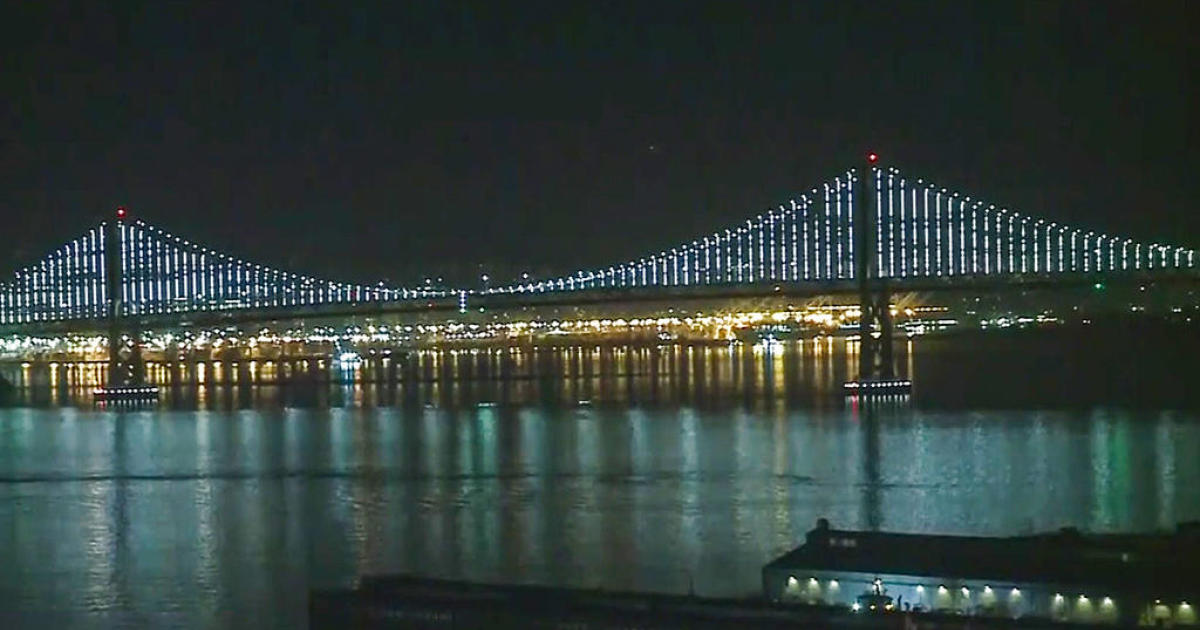
SAN FRANCISCO — For ten years, the Bay Bridge lights brought a sparkle to San Francisco’s skyline.
The feeling that came along with looking up at them was one of awe, said Ben Davis, the founder and Chief Visionary Officer of Illuminate, the art nonprofit behind the installation
“It just makes you want to reach out and grab the hand of the person next to you – it doesn’t make a difference who they are,” he said. “There is something that really brings us into a sense of humility through awe that unleashes the better nature of our character.”
But the lights had to go dark in 2023.
“I feel like there is a hole in the night sky, and there has been for the past year,” Davis said.
The lights first lit up in 2013. What was originally meant to be a two-year art display ended up turning into 10 years. But, over time, many of the lights lost their luster.
“The Bay Bridge is a really harsh environment for electronics. So, they were suffering,” Davis said. “Really, rather than letting them decay into oblivion, which is a bad look for San Francisco, we did the responsible thing: We took them down and set about bringing them back in a new configuration – really designed to do well over time on this side of the Bay Bridge.”
Now dubbed “Bay Lights 360,” the new public art installation with have around 50,000 LED lights – about double the original number – and better visibility.
“We’re going to wrap both sides of the cable so people can see it not just from San Francisco and the North Bay – but as a matter of aesthetic equity, to communities all around the Bay,” Davis said.
The revamp was made possible after the art nonprofit’s successful fundraising campaign.
“We’ve received $10 million in major gifts to bring the artwork back, which is exciting. We’re actually at $10.5 million raised so far. The $11th million we are raising through not major gifts, but actually just through crowdfunding,” Davis said.
Davis said the contributions came from people, not government organizations or corporations.
“We didn’t seek any city funds because we really didn’t want to rob the public art community in San Francisco and other organizations that could use it more,” he said. “I have deep faith and love for the place in which we live, and I find it an honor to have gestures like the Bay Lights manifest in the world with the help of thousands of people bringing together this culture of generosity to make it happen.”
He said they’re working on building the materials now and will begin installing the lights in the fall. The plan is to have them shining again sometime around March of 2025.
San Francisco, CA
San Francisco Giants Star Moved To Injured List Before Phillies Game
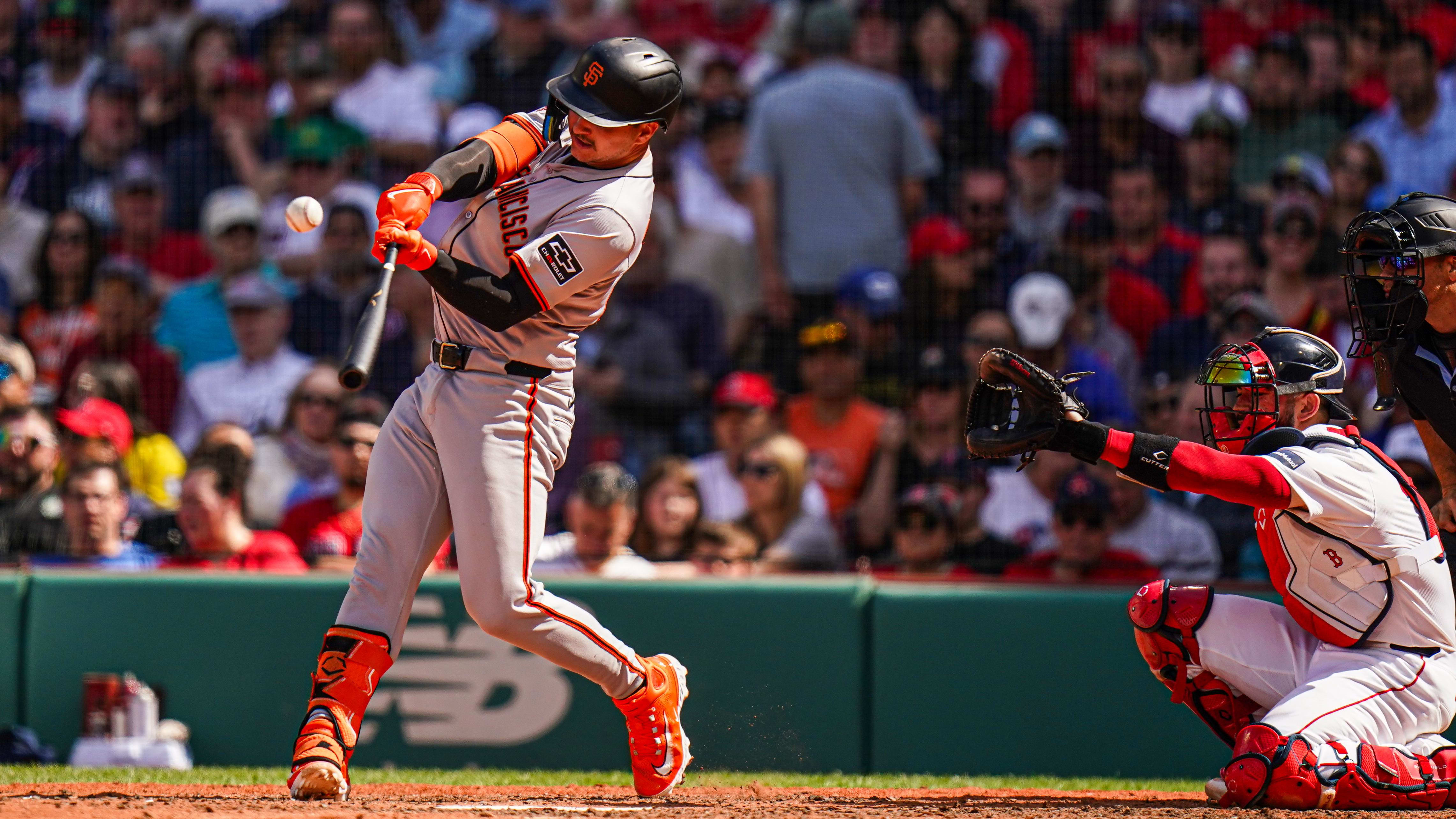
In advance of their game with the Philadelphia Phillies, the San Francisco Giants moved catcher Patrick Bailey to the 7-day injured list for a concussion, per multiple reports.
Bailey was moved to the list after he took a direct shot from a foul ball off his facemask during Friday’s opener with the Phillies. Phillies third baseman Alec Bohn hit that foul ball, which tipped right off his bat and hard into Bailey’s facemask.
He met with trainers after the injury and returned to the game in the second inning. But, after catching a pitch or two from starter Jordan Hicks, he signaled for trainers and complained of blurry vision and left the game.
The Giants did not put him in concussion protocol after the game.
To take Bailey’s stop on the roster, the Giants called up Blake Sabol.
Bailey recently became the first catcher in Major League history to turn a double play, catch a shutout and hit a walk-off home run in the same game when the Giants played the Pirates last month.
In 25 games this season he has slashed .278/.344/.456/.800 with three home runs and 10 RBI. He was a rookie last season and batted .233 with seven home runs and 48 RBI.
He suffered a concussion last season when he had a collision of Jeimer Candelario on a play at home plate. That landed him on the concussion list and he now wears a Q-collar, an FDA-approved concussion prevention device that gently compresses the neck to keep more blood volume inside the head.
Sabol is the only other catcher on the Giants’ 40-man roster. The former Rule 5 Draft selection was batting .243 with one home run with Triple-A Sacramento.
-

 News1 week ago
News1 week agoFirst cargo ship passes through new channel since Baltimore bridge collapse
-

 World1 week ago
World1 week agoHaiti Prime Minister Ariel Henry resigns, transitional council takes power
-

 Movie Reviews1 week ago
Movie Reviews1 week agoAbigail Movie Review: When pirouettes turn perilous
-

 World1 week ago
World1 week agoEU Parliament leaders recall term's highs and lows at last sitting
-

 Politics1 week ago
Politics1 week ago911 call transcript details Democratic Minnesota state senator’s alleged burglary at stepmother's home
-

 Science1 week ago
Science1 week agoOpinion: America's 'big glass' dominance hangs on the fate of two powerful new telescopes
-

 Politics1 week ago
Politics1 week agoGOP lawmakers demand major donors pull funding from Columbia over 'antisemitic incidents'
-

 World1 week ago
World1 week agoHamas ‘serious’ about captives’ release but not without Gaza ceasefire
